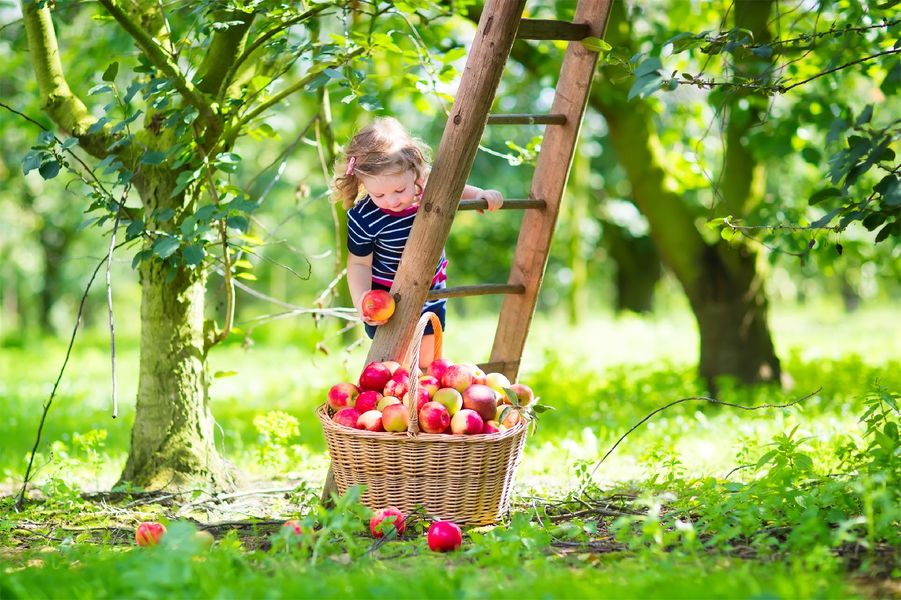September’s Floral Symphony
Explore the vibrant array of flowers that proudly present their colors in September. With the world alight in a hue of warmth, these plants not only survive but also thrive, offering a feast for the senses and a lesson in resilience.
As the gentle rustle of golden leaves heralds the advent of autumn, a different, quieter chorus unfurls its beauty in gardens around the world. While many flora retreat in anticipation of winter, a select few rise, making September their stage. Enter the fascinating realm of ‘September Bloomers’.
Unveiling September's Blooming Stars
September is a transitional month in many gardens, bridging the fiery heat of summer with the first whispers of autumn. As the season changes, these eight plants burst into life, adding color, texture, and vibrancy to landscapes:
1. Goldenrod (Solidago spp.):

A hallmark of autumn’s approach, the goldenrod dazzles with its radiant yellow flowers. It’s a vital nectar source for bees and butterflies preparing for winter.
2. Aster (Aster spp.):

Asters erupt in a celebration of colors—purple, blue, pink, and white—as summer wanes. These blooms are a magnet for pollinators, especially monarch butterflies.
3. Sedum (e.g., Sedum ‘Autumn Joy’):

A hardy succulent, Sedums sport clusters of starry flowers. The variety ‘Autumn Joy’ is renowned for its blooms which transition from soft pink to a deep rust as autumn progresses.
4. Japanese Anemone (Anemone × hybrida):

Japanese anemones, with their ethereal, paper-thin petals, bring elegance to gardens in September. Their shades of pink and white shine especially brightly in dappled sunlight.
5. Toad Lily (Tricyrtis spp.):

A gem for shaded gardens, the toad lily blooms in September with exotic, orchid-like flowers, often adorned with intriguing spots and speckles.
6. Autumn Crocus (Colchicum autumnale):

Seemingly appearing overnight, the autumn crocus delivers pops of pink and lavender, reminiscent of the springtime crocuses, as a final flourish before winter.
7. Russian Sage (Perovskia atriplicifolia):

Its cloud-like sprays of lavender-blue flowers persist from late summer into September. The silvery foliage beneath provides a calming contrast and exudes a gentle fragrance.
8. Beautyberry (Callicarpa spp.):

While not celebrated for its flowers, the beautyberry bush is impossible to miss in September. Clusters of brilliantly purple or snowy white berries adorn its branches, making it a visual treat.
As the days shorten and temperatures begin to cool, these plants serve as a reminder of nature’s continuous cycle and the beauty that each season bestows upon our gardens. Whether you’re a green-thumbed enthusiast or a casual observer, take a moment to appreciate these September stars.
Inspiring a Gardening Revolution
September bloomers can teach both budding gardeners and seasoned green thumbs. They serve as inspiration for landscape designs, encouraging gardeners to include plants that provide year-round interest. For novices, they illustrate the concept of plant succession, guiding them towards creating dynamic gardens that evolve with each passing month. And most importantly, they exemplify the principle of ‘right plant in the right place’, showcasing the magic that happens when plants are matched to their optimal growing conditions.

The world of September bloomers is not just a display of nature’s prowess but also a metaphor for human resilience. Just as these plants flourish amidst the adversities of changing seasons, we too can find our moment to shine, even in the most challenging circumstances. Their spirit whispers a message: it’s never too late to bloom.
To immerse yourself further in the wonder of these September gems and deepen your botanical knowledge, download this app. Let every plant, every leaf, and every bloom narrate its unique tale, urging you to foster a deeper connection with the natural world around you.

































































